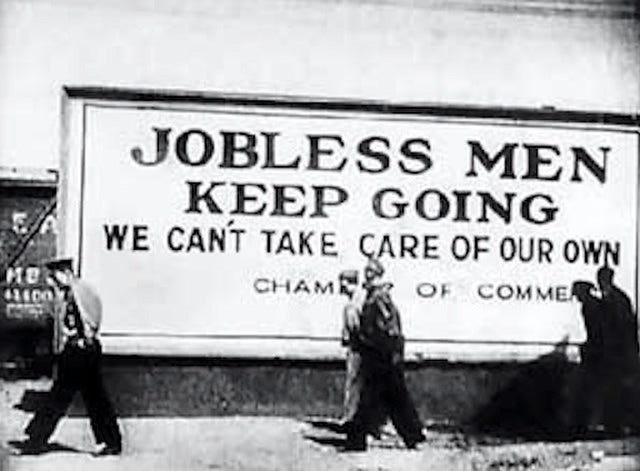. . . his second son, Daniel, in 1928; . . .In 1928, Daniel was born. As far as appearance went, he was a perfect combination of his parents. Friends and coworkers of Jackson said he obviously took after his dad; Crystalina’s circle of friends said the boy really favored her. This visual resemblance to both parents helped both of them quickly bond with their new baby, because they saw each other as well as themselves in the boy.
Audra Aileen, now six years old, and who would always feel a need to be alert to guard against any possible danger to her younger siblings, felt no trepidation whatsoever about dividing her parents’ love and attention with this new addition to the family. She, if anything, was the one who set Danny, as she called him (Crystalina called him Daniel, while Jackson preferred the single-syllable shortened form of his name), as the unrivaled center of the family’s attention, and only thought it right and natural that her parents lavished so much of their time and attention on him.
As for what was affecting the world at large, in 1929, when Audra was seven, Ben was five, Chanelle Marie was three, and Daniel was one, the first throes of “The Great Depression” began to be felt. First, there was the “Great War” from 1914-1918, and now a “Great” Depression. Of course, they were “great” only in scope and size. The destruction caused by the Depression was of a different sort than that wreaked by the war, but it was still serious and debilitating. It would last a full decade. The roaring 20s were going out with a collective whimper.
However, although October 29th (when the stock market crashed) was later pegged as the official beginning of “the” Depression, at the time it occurred not all were overly concerned about it. Most citizens did not invest in the stock market, and didn’t give it much thought, thinking it was “a rich man’s game.” Brokers assured that the “crash” was merely a correction, anyway, following the most prosperous decade in the history of the Country. But it quickly worsened; the downward slide gathered speed.
Those who had followed the advice to invest their savings in something “safe,” such as General Electric—whose share value had grown 500 percent from 1925 to 1929—lost it all in the span of a month. Those who had borrowed money to invest were in an even less enviable position. Banks had themselves made risky and ultimately bad “bets” on stocks. Union Cigar’s shares dropped from $113 a share to $4—in a single day. The company’s owner put an end to his misery by leaping from a Wall Street building, apparently viewing the sidewalk below as an inviting resting place from his troubles.
It wasn’t just the “fat cats” who were affected, though. The plunging economy dragged many down, whether they were captains of industry or muleskinners, farmers, miners, loggers, or what have you. Some schools even went bankrupt and had to close. Two hundred fifty thousand teenagers ended up “on the road” during the Depression years, in search of a way to make some money—sometimes following the harvest, sometimes continually chasing rumors of work somewhere else.
Teenagers were by no means the only ones riding the rails. In 1932 alone, Southern Pacific evicted a half million people illegally riding their freight trains. Sometimes they were simply escorted to the police station, where they were arrested for vagrancy, a crime that was punishable by fines (which most of them could not afford) or incarceration. Other times, these “hobos” were dealt with more severely and violently, oftentimes even being killed by the “bulls” (railroad police) who kept as many of these ticketless passengers off the trains as possible.
In 1930, President Herbert Hoover made two encouraging statements. The first was, “Business and industry have turned the corner.” The second was, “All the evidence indicates that the worst effects of the crash on unemployment will have passed during the next sixty days.”
These prophecies were premature, though, to say the least. As mentioned, the Depression lasted a full ten years. Jackson was aware of what was going on around the Country, and he and his family and friends felt its effects to some degree. He remained employed, though and, although times were tough for almost everyone, the Calloways were able to survive the downturn through hard work and economizing wherever possible. The family of six enjoyed few luxuries during this period, but they had a roof over their heads, clothes on their backs, and food in their bellies. And, most importantly of all, they had each other.
The future was uncertain, but it was certain to happen.
Chapter 1 can be read here.
Chapter 13 can be read here.





